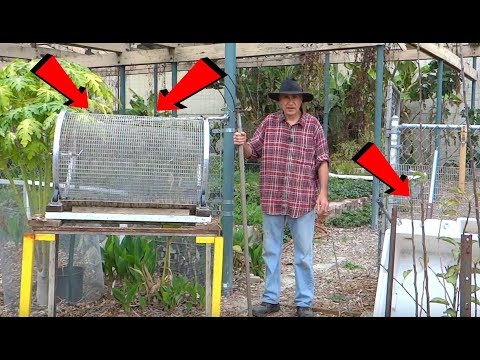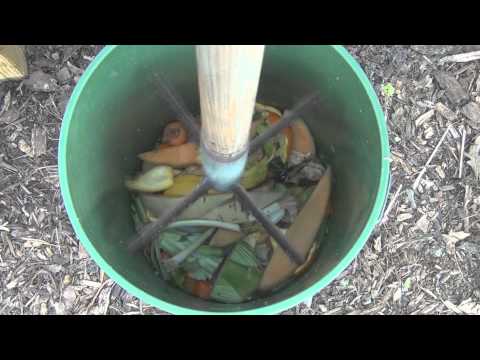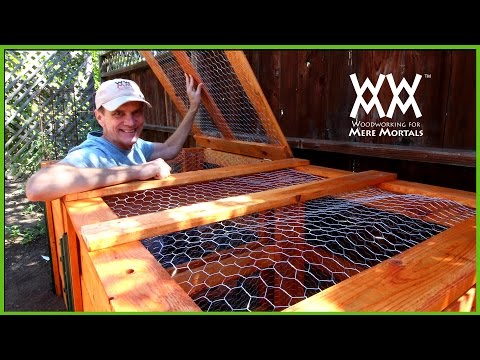The Benefits of Using a compost Aerator
Before delving into the proper usage of a compost aerator, let’s examine why it is an invaluable tool for any gardener engaged in composting activities.
1. Improved Aeration: The primary purpose of a compost aerator is to introduce oxygen into your compost pile. Oxygen facilitates the breakdown of organic matter by supporting aerobic bacteria, which thrive in oxygen-rich environments. By turning the pile regularly with a compost aerator, you ensure that all parts receive adequate airflow.
2. Accelerated Decomposition: When organic waste decomposes quickly, you can produce nutrient-rich compost in a shorter time frame. Using a compost aerator accelerates this decomposition process by stimulating efficient breakdown and faster microbial activity within your pile.
3. Reduced Odor and Pests: A well-aerated compost pile minimizes unpleasant odors caused by anaerobic bacteria activity. By using a compost aerator to mix your materials thoroughly, you discourage anaerobic decomposition that can attract pests and emit foul smells.
4. Consistency and Uniformity: Uneven decomposition can lead to clumps or pockets of undecomposed material within your pile. Regularly turning your pile with a compost aerator ensures that all contents are adequately mixed and broken down, resulting in uniformly decomposed materials.
Using Your compost Aerator Effectively
Follow these step-by-step instructions to maximize the benefits of using your compost aerator:
1. Choose the Right Time: The ideal time to aerate your compost pile is when the materials are still moist but not overly wet or dry. Aim for a consistency similar to a well-wrung sponge, as this allows for better airflow and decomposition.
2. Safety First: Put on gardening gloves to protect your hands from sharp or potentially harmful materials. Additionally, wear sturdy shoes and long sleeves to prevent any scratches or contact with irritants.
3. Position Your Aerator Correctly: Hold your compost aerator with both hands, positioning it near the center of your pile. Insert it vertically and push it into the pile until all the rods penetrate deeply enough.
4. Rotate Horizontally: Begin turning the compost aerator in a circular motion, ensuring that it reaches different depths and areas within your compost pile. Continue rotating until you feel adequate resistance from the materials.
5. Move Outwards: Slowly move outward from the center, repeating step four at different points within your pile. Remember to go deeper as you reach the outer edges to ensure that oxygen reaches all parts.
6. Repeat Regularly: To maintain a well-aerated compost pile, repeat this process every few weeks or whenever you notice decreased microbial activity or unpleasant odors.
7. Monitor Moisture Levels: As you use your compost aerator, assess moisture levels by squeezing a handful of material from various parts of the pile. Adjust moisture content as needed by adding water for dry piles or incorporating dry materials for excessively wet ones.
By following these instructions and using a compost aerator consistently, you will create high-quality compost while reducing decomposition time significantly.
In conclusion, using a compost aerator is essential for effective and efficient composting practices in your garden. The benefits include increased aeration, accelerated decomposition, reduced odors and pests, as well as ensuring consistency and uniformity within your pile. By following proper techniques and regularly using your compost aerator, you will enjoy nutrient-rich soil for your garden while contributing positively towards a greener, sustainable future.





